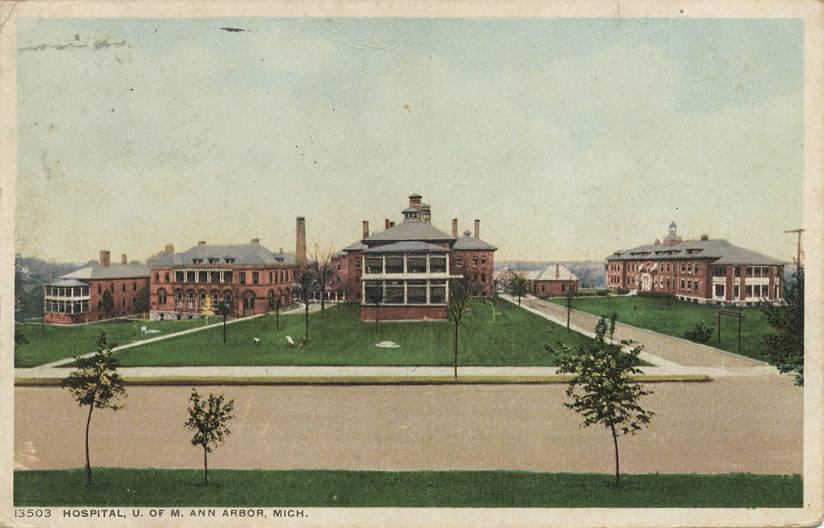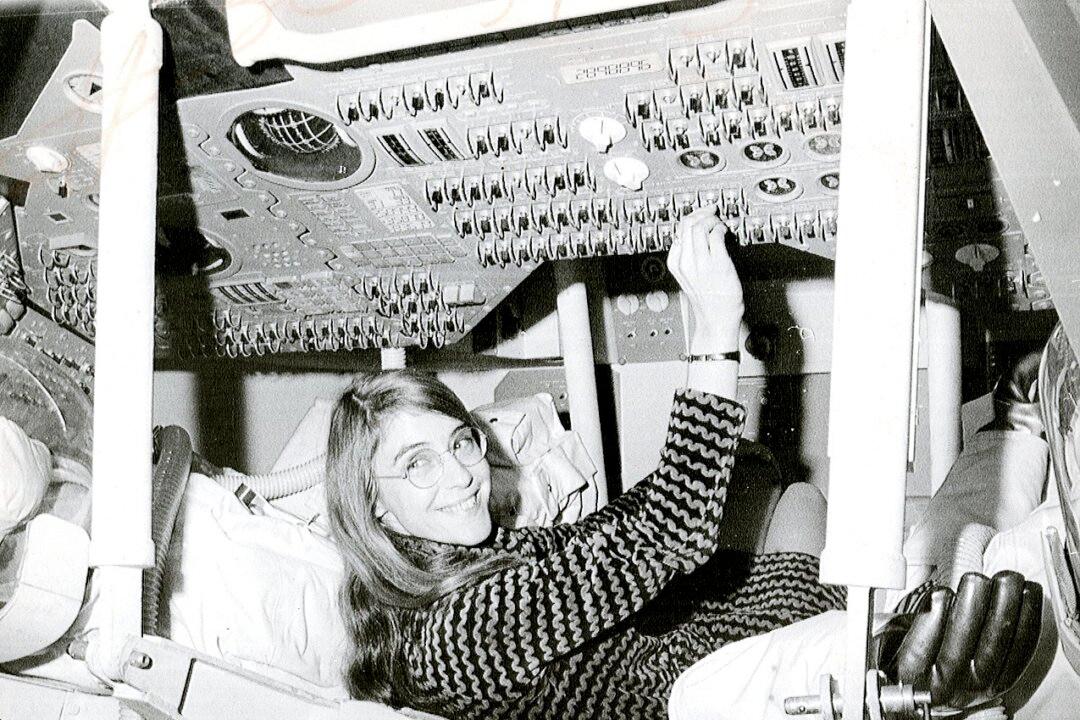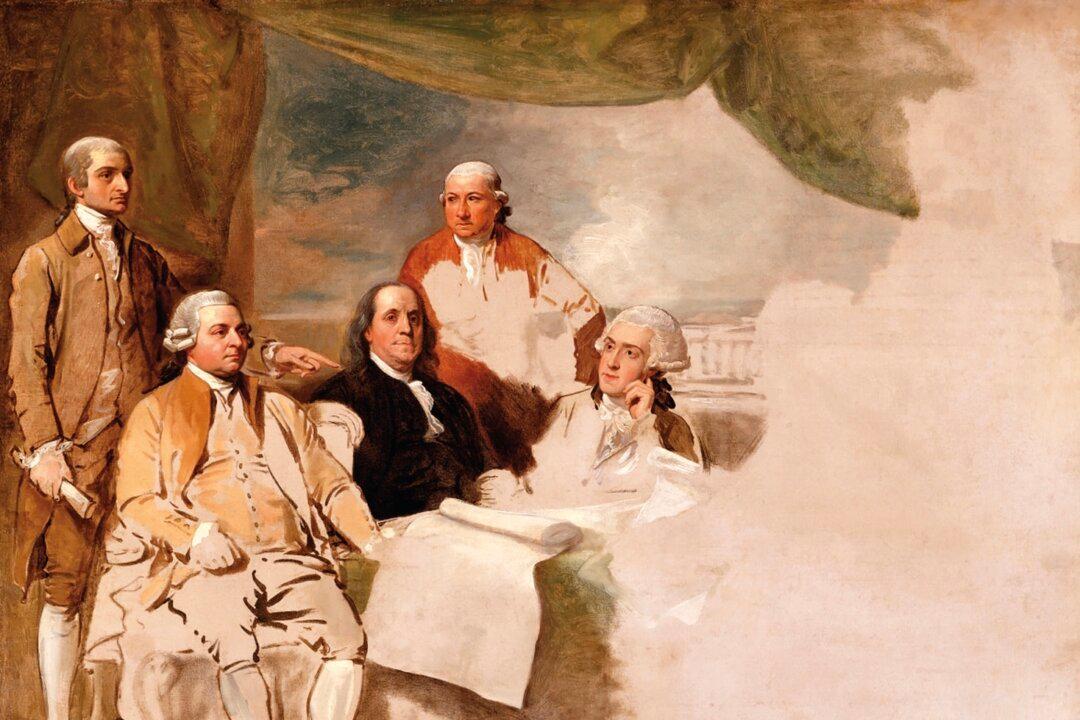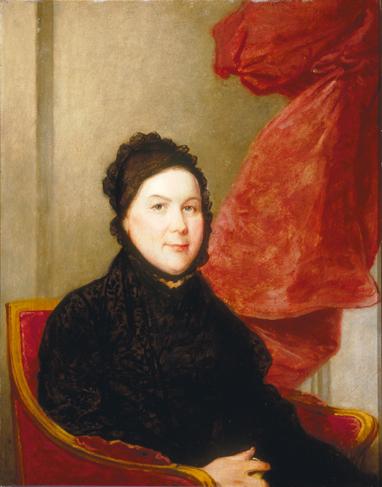Alice Hamilton was the leading expert of occupational health and industrial toxicology at the height of her career, but she traveled a long, hard road to get there. Hamilton was born in 1869 and grew up in Fort Wayne, Indiana. Her grandfather had made money in the railroad industry, and the family was well off, but that didn’t mean that little Alice had everything she wanted. Her parents homeschooled her and her siblings primarily in language and literature. They did not agree with public schools that put so much emphasis on science, history, and math. Also, the Hamiltons lived a rather isolated life, which inspired her dreams of becoming a doctor: She wanted the freedom to go wherever she pleased, and a career in medicine would allow her to work anywhere. Hamilton would eventually travel the country, pursuing research and helping those working in dangerous industries.
In order to pursue medicine, Hamilton needed to overcome her lack of science education. She studied physics, chemistry, and biology first with a local high school teacher, and then at smaller medical schools before applying to the University of Michigan. It was there that Hamilton discovered that practicing medicine didn’t truly suit her and instead decided to go into science and research. Hamilton traveled to Germany to study bacteriology and pathology, where she was eventually allowed to attend classes after overcoming the policies barring women from entry.




